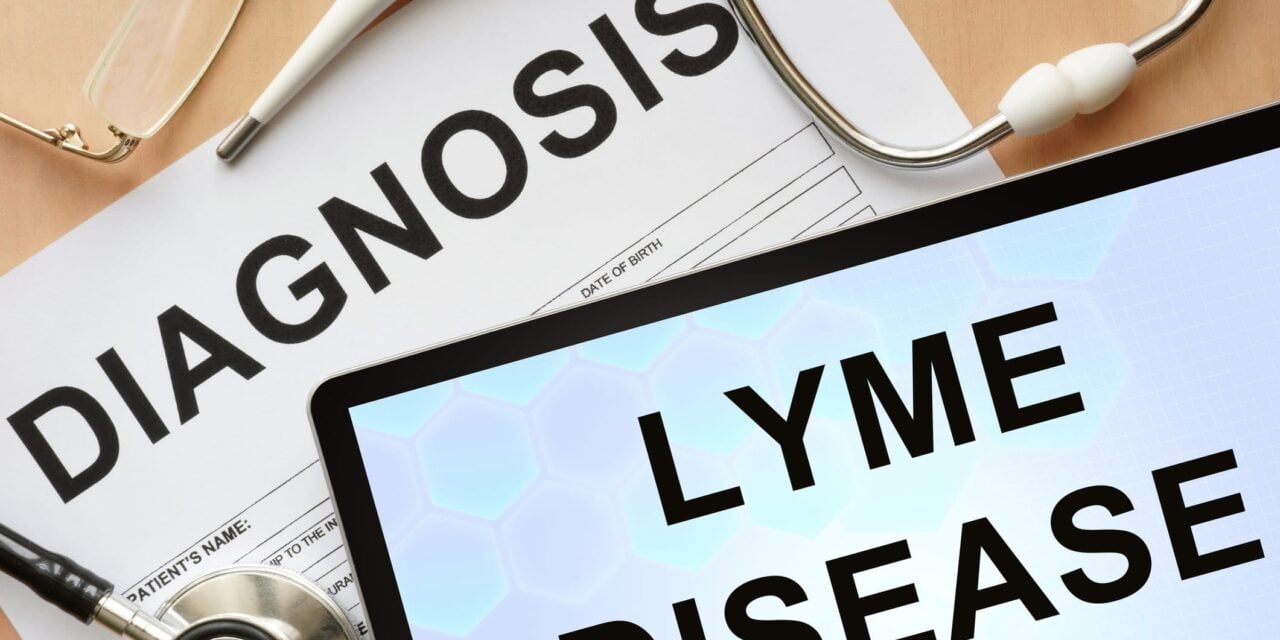The droplet digital PCR assay shows 90.9% sensitivity and can detect previously missed cases of the bacterial infection.
Researchers at Dartmouth Hitchcock Medical Center have developed a molecular test that can diagnose Lyme disease earlier and more accurately than traditional antibody testing methods, potentially addressing diagnostic challenges that have plagued laboratories for decades.
The droplet digital PCR (ddPCR) assay, developed by Guohong (Grace) Huang, PhD, and her team at the Laboratory for Clinical Genomics and Advanced Technology, achieved an estimated sensitivity of 90.9% in formalin-fixed, paraffin-embedded samples when detecting Borrelia burgdorferi, the primary cause of Lyme disease in the US.
“Using the ddPCR assay, we successfully detected B burgdorferi DNA in this patient’s skin biopsy,” says Huang, who will present the work at the Association for Molecular Pathology 2025 Annual Meeting & Expo in Boston, in a release. “This finding was further confirmed by DNA sequencing, supporting the diagnosis of chronic Lyme disease.”
Addressing Current Testing Limitations
The new test addresses significant limitations in current Lyme disease diagnostics. While the characteristic bull’s-eye rash occurs in only about 25% of patients, many develop skin lesions that mimic other illnesses. Additionally, antibody tests often produce false negatives during the initial weeks of infection when early treatment is most effective.
The research began with a challenging case involving a 73-year-old woman who experienced progressive skin hardening and joint immobility over four years. Initially diagnosed with morphea, the patient did not respond to immunosuppressant medications but showed improvement with doxycycline, an antibiotic commonly used for Lyme disease treatment. However, antibody testing only indicated prior Lyme infection rather than active disease.
Three-Test Approach for Bacterial Detection
The research team, including Joel A Lefferts, PhD, created three separate ddPCR tests: one detecting all Borrelia species, another targeting those responsible for Lyme disease, and a third specific to B burgdorferi. When tested on skin samples from patients with confirmed or suspected Lyme disease, the assays demonstrated excellent accuracy and could detect as few as five to 10 bacterial cells.
The test offers advantages over traditional serological methods by detecting active bacterial presence rather than relying on immune markers that may remain elevated after successful treatment.
“Antibody levels may remain elevated even after successful treatment. This is another clinical scenario where the ddPCR assay offers a clear advantage by detecting active bacterial presence rather than relying on indirect immune markers,” says Huang in a release.
Future Development Plans
Sensitivity is expected to increase when using fresh or frozen tissues, which typically yield higher-quality DNA compared to formalin-fixed samples. The researchers anticipate that early diagnosis capabilities could reduce the risk of long-term complications associated with untreated Lyme disease, including joint, heart, and nervous system problems.
“To advance this work, the next step is to expand testing to a large number of cases and explore strategies to further enhance the assay sensitivity,” says Huang in a release.
Lyme disease cases have increased over the past 30 years in the US, particularly in the Northeast region where ticks carrying B burgdorferi are active from late spring through early fall. The molecular test could provide laboratories with a more reliable diagnostic tool for detecting cases that traditional antibody testing might miss.
ID 54478965 © Designer491 | Dreamstime.com





